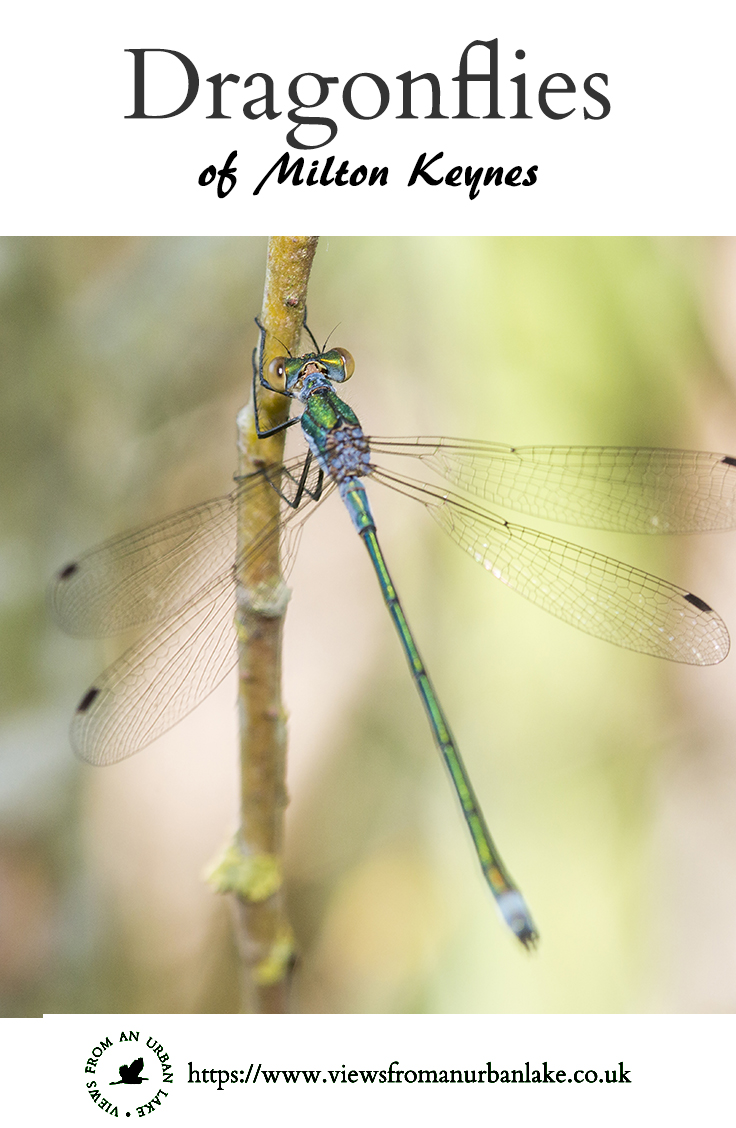
Dragonflies of Milton Keynes
One of my many passions (or more specifically on of my wildlife passions) is watching Odonata, specifically it is photographing them. And more than that it is photographing the Dragonflies of Milton Keynes. These aerial monsters can be a challenge to capture well, but when you get a really good photograph they can be absolutely stunning.
With that I have a goal:
To photograph (at least once) every species of Odonata that has been recorded in Milton Keynes (Buckinghamshire).
Dragonflies of Milton Keynes
I try to updated this page once a year at least, and rather than the original 19 species, with expansions of ranges, the list is (to the best of my knowledge) 23 regular species plus 1 that has only occurred once (so isn’t on the list below).
If anyone spots I have missed one from the list please let me know (or if you have sightings of any that I have not photographed and might be able to help me achieve this project I would be very grateful to hear from you).
This is not a short term project as you can see I have been working on it already for many years (although only seriously since mid 2012). As you may note I have reordered the Dragonflies of Milton Keynes species list (below) to be correct, but as I wasn’t thinking of this when originally started I haven’t done the same with the photos; quite frankly that is just too much work, sorry. Although I might try soon if I have a spare few hours or so.
I have also spent some time updating my spreadsheets (which are also now in a better format) for Flight times and locations, now if I have missed some vital sites, or more importantly, some species at sites please let me know. I can easily make changes now (I am planning on adding other sites at some point but these are really only ones I visit).
The Dragonflies of Milton Keynes Species List:
- Southern Hawker [Aeshna cyanea]
- Brown Hawker [Aeshna grandis]
- Migrant Hawker [Aeshna mixta]
- Emperor Dragonfly [Anax imperator]
- Hairy dragonfly [Brachytron pratense]
- Banded Demoiselle [Calopteryx splendens]
- Beautiful Demoiselle [Calopteryx virgo]
- Azure Damselfly [Coenagrion puella]
- Variable Damselfly [Coenagrion Pulchellum]
- Downy Emerald [Cordulia aenea]
- Common Blue Damselfly [Enallagma cyathigerum]
- Red-eyed damselfly [Erythromma najas]
- Small red-eyed damselfly [Erythromma viridulum]
- Blue-tailed damselfly [Ischnura elegans]
- Emerald Dragonfly [Lestes sponsa]
- Willow Emerald [Lestes viridis]
- Broad-bodied Chaser [Libellula depressa]
- Four spot chaser [Libellula quadrimaculata]
- Black-tailed Skimmer [Orthetrum cancellatum]
- White-legged damselfly [Platycnemis pennipes]
- Large Red-Damselfly [Pyrrhosoma nymphula]
- Ruddy Darter [Sympetrum sanguineum]
- Common Darter [Sympetrum striolatum]
The Odonata Photographs
So, without waffling on any more, here are the photos I have taken for this project so far (in the wrong order):
Red Eyed Damselfly


Small Red-Eyed Damselfly
NONE
Common Blue Damselfly


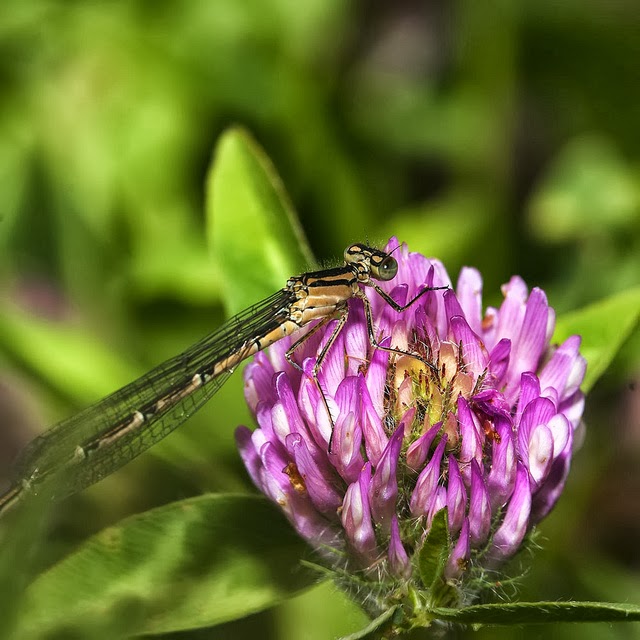
Banded Demoiselle
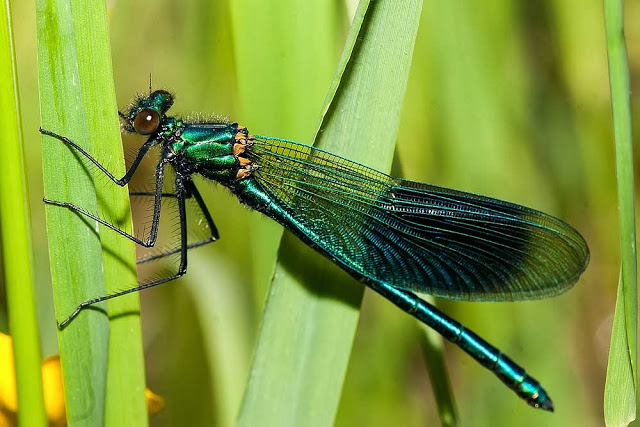


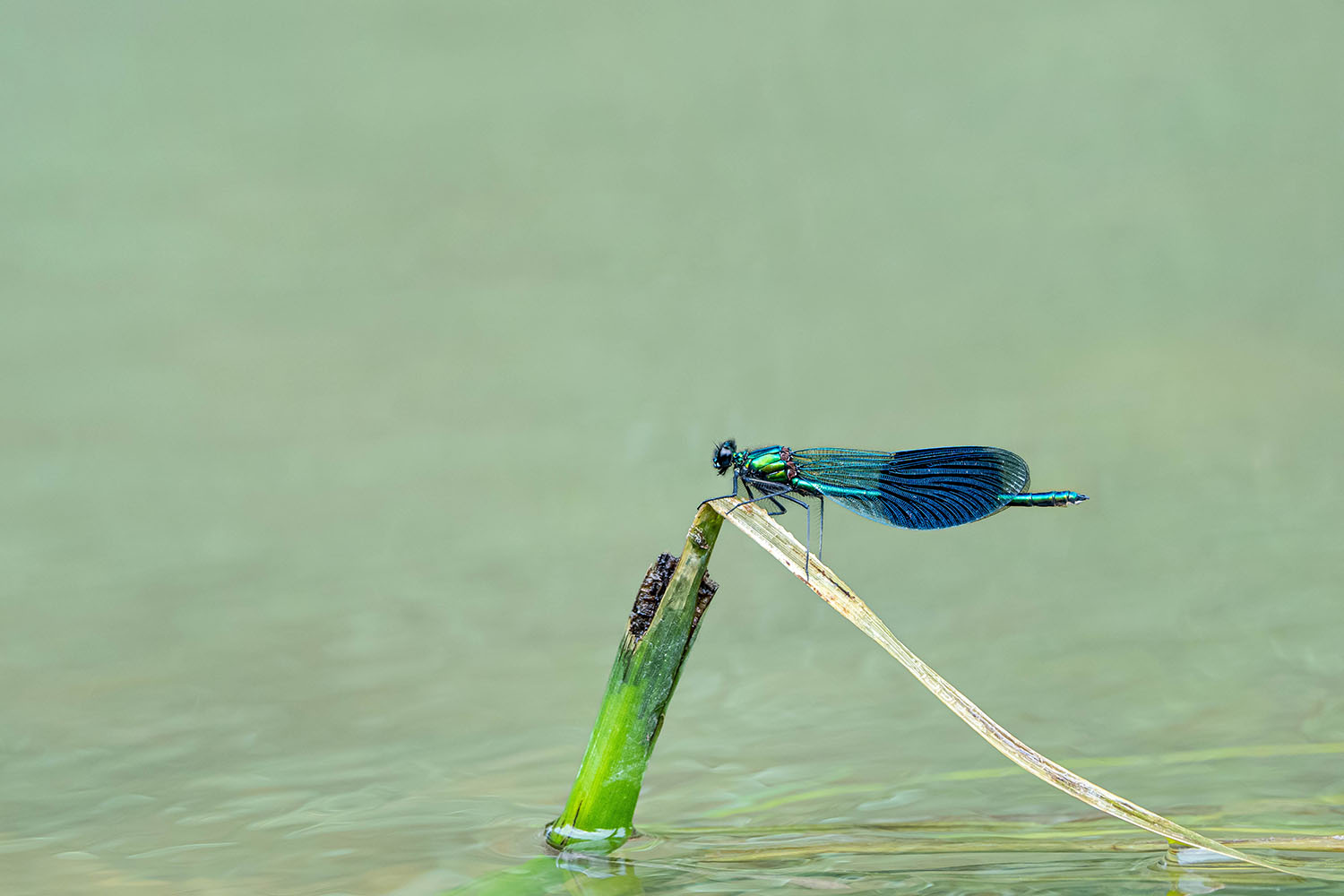
Beautiful Demoiselle
NONE
Emperor Dragonfly
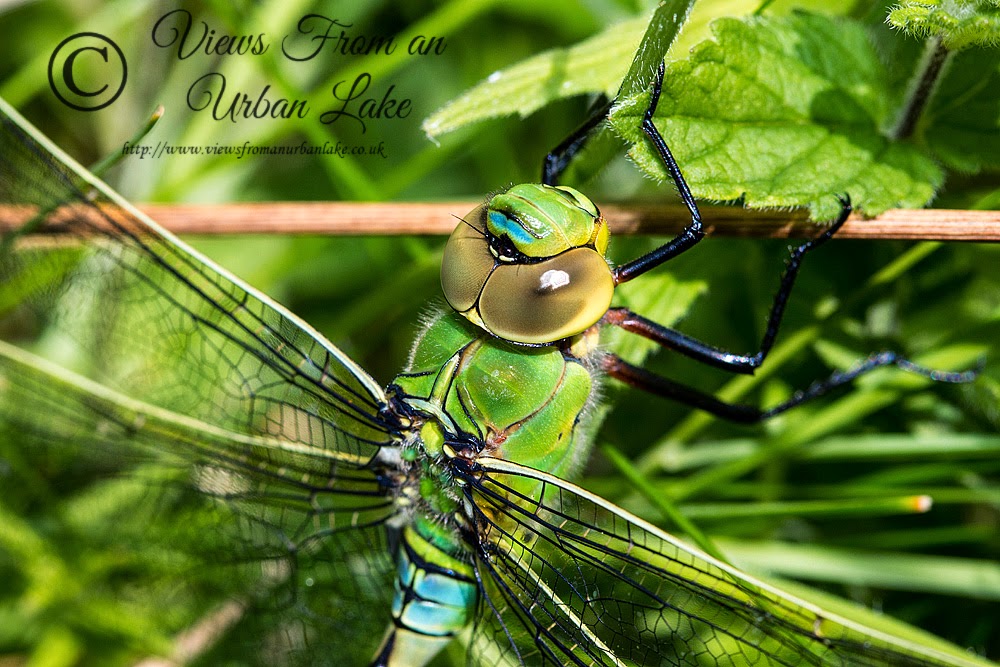


Broad-Bodied Chaser
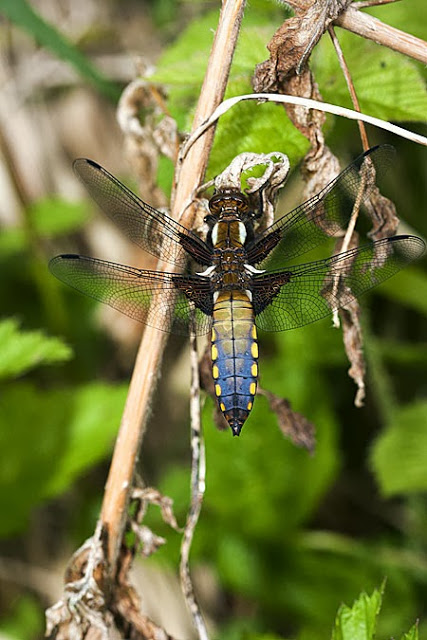


Black-Tailed Skimmer

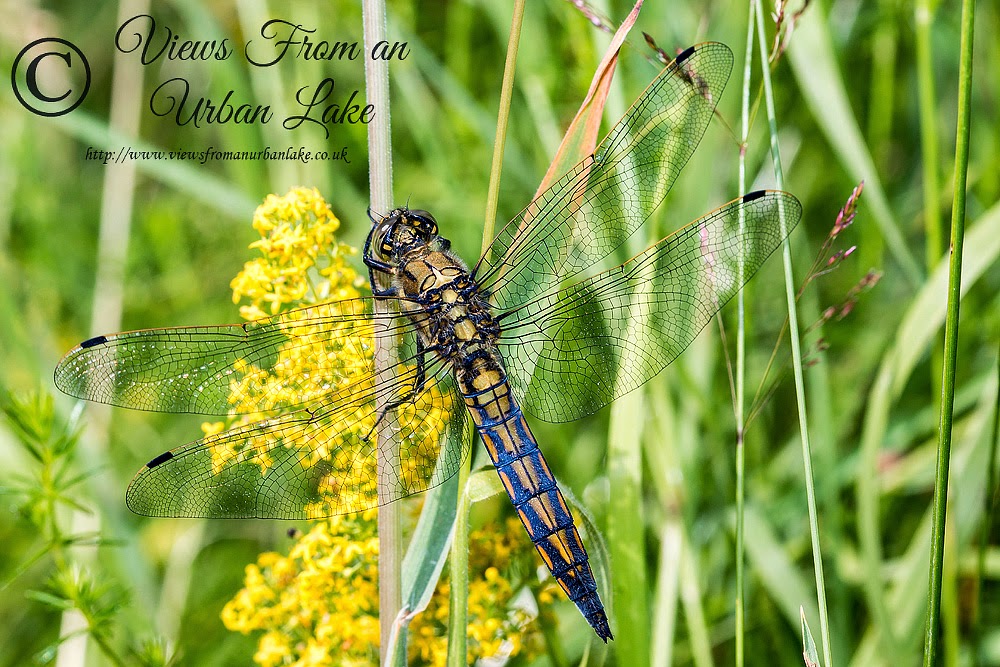

Common Darter


Ruddy Darter
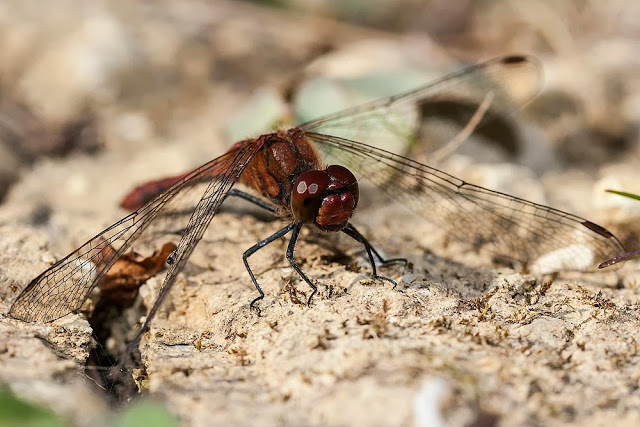
Brown Hawker
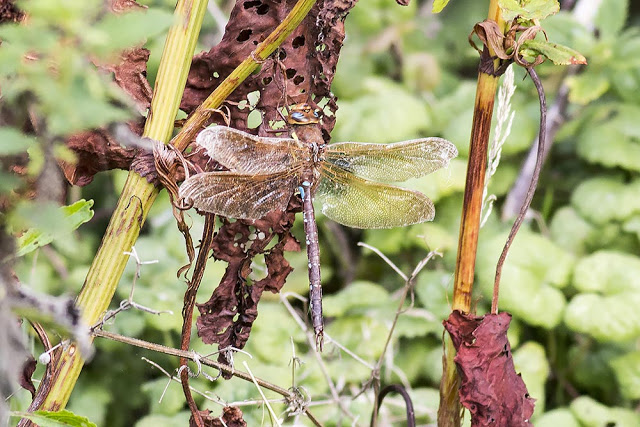
Southern Hawker
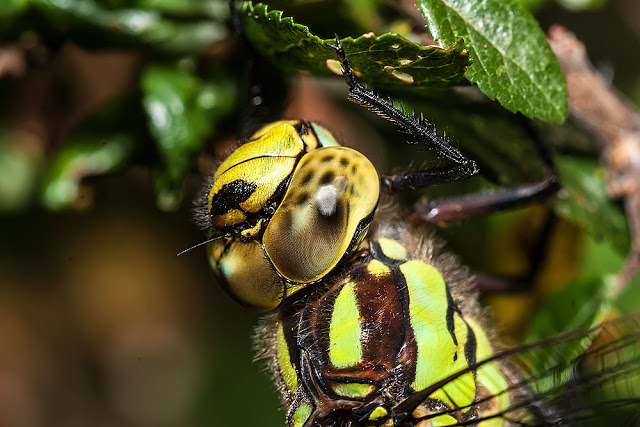
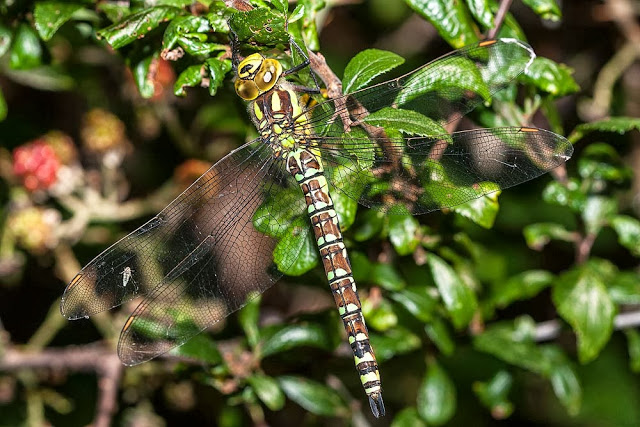

Azure Damselfly
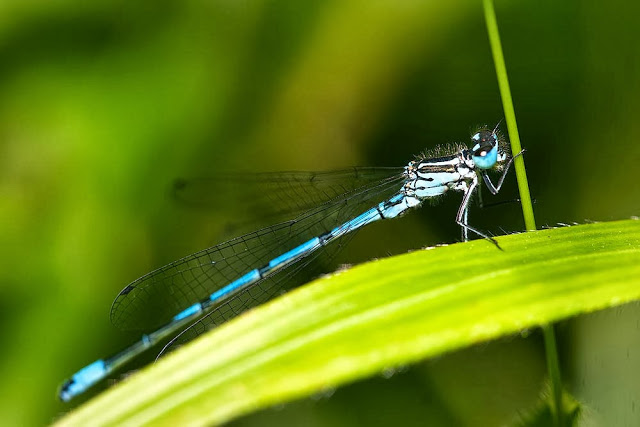
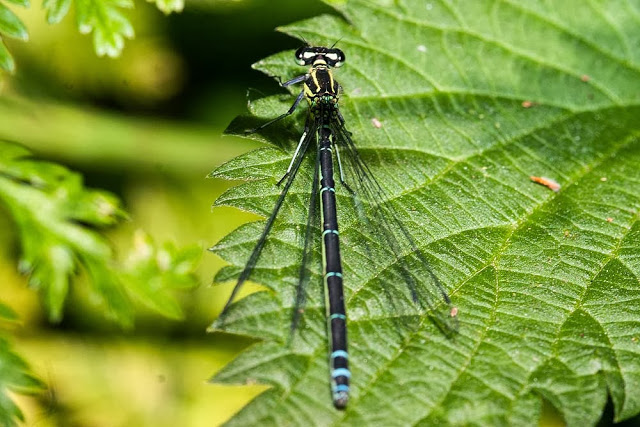
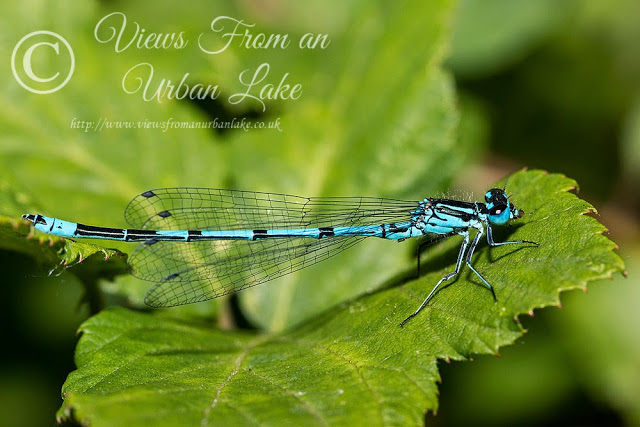
Blue-tailed Damselfly
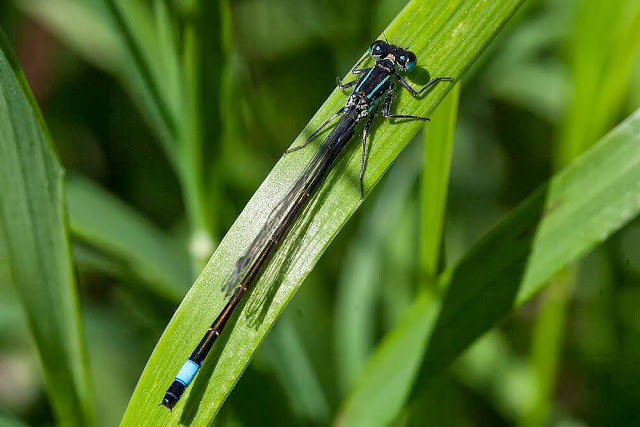
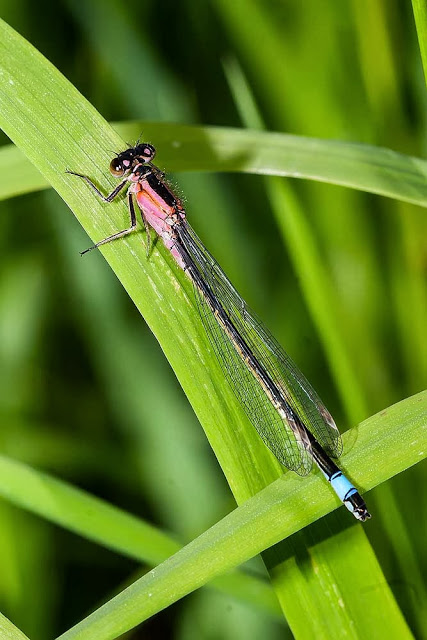
Variable Damselfly
NONE
White-Legged Damselfly




Migrant Hawker



Emerald Damselfly
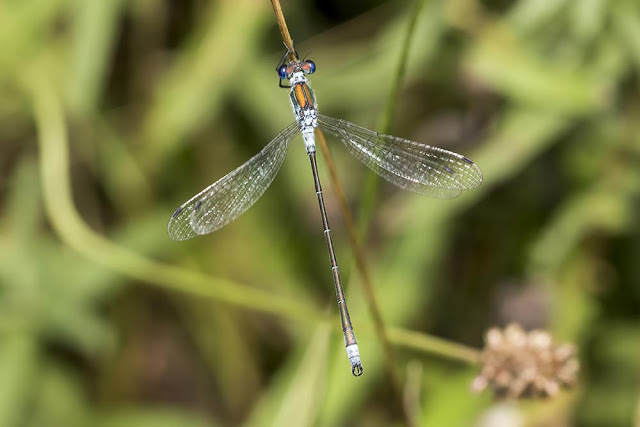

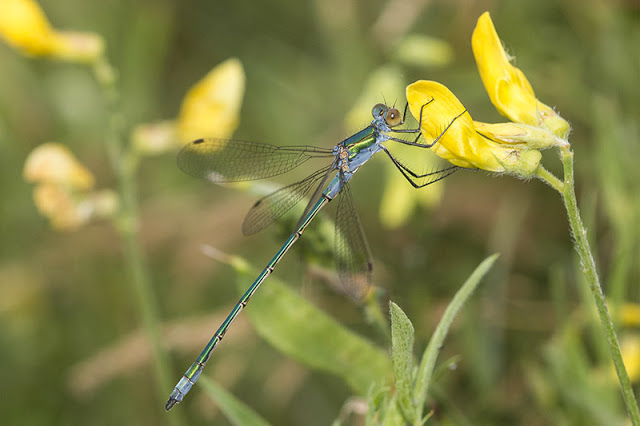
Willow Emerald
NONE
Hairy Dragonfly

Four-Spotted Chaser


Large Red Damselfly
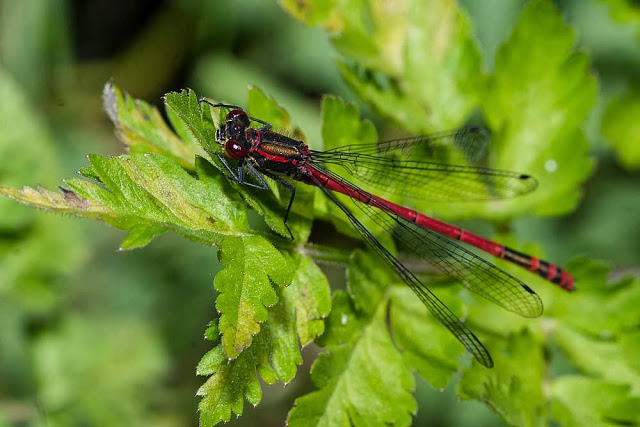

These are a select few photos of each species (where I have any) but more of my Dragonfly images can be seen on my photography site under Insect Photography or in my Dragonfly Set on Flickr, and of course all over this blog in the warmer months.
Beyond those listed there are several that may occur as immigrants/migrants or are possibly heading our way, If I am ever lucky enough to see one of these I will add them here but until then these few remain a pipe dream: Scarce Chaser, Yellow-winged Darter and Red-veined Darter (the latter two have been recorded but are far from regular) Southern Migrant Hawker (one seen in 2022 – sadly not by me).
Dragonfly Flight Times.
With dragonflies it is important to know when to look and so I devised the below chart to help me with this (the light green reflects possible early/late flight times, dark green is peak, and pink is none, pretty much, of course there will always be exceptions):
Dragonflies of Milton Keynes Site Locations
Below is my confirmed site guide to Milton Keynes Dragonflies (I’m sure other areas will have some and I may have missed some from certain sites). All this information is already available in the public domain so I’m not putting anything sensitive out there. [Green = confirmed; Red = Not known]
Further Advice on Odonata
If you would like to read my advice on photographing Dragonflies here is the link – Photographing Dragonflies and Damselflies. – Happy to hear other peoples tips or if I have missed anything.
I normally use the photographic guide, Britain’s Dragonflies – Wildguides to identify my dragonflies, damselflies, darters, and their kin. I find it an invaluable resource for knowing what I am looking at.
Did you enjoy Dragonflies of Milton Keynes? or Find it useful? Then please consider sharing with your friends via the links below.
